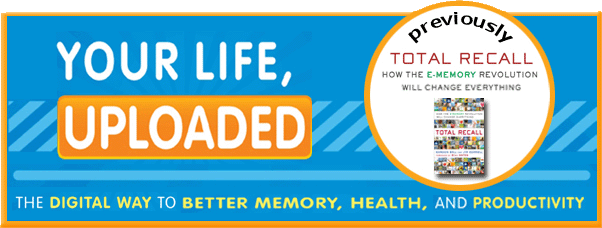Having a camera that takes pictures automatically means capturing some wonderful moments that would otherwise remain unphotographed. The SenseCam, invented by Lyndsay Williams when she was at the Microsoft Research lab in Cambridge, England, Is equipped with sensors. It has a passive infrared sensor, so if a person is in front of it, it takes a picture. It has light level sensors, so if you walk through a doorway and the light level changes, it detects the change of place and takes a picture. It has an accelerometer, so it knows when it is jiggling, and waits until it settles down to avoid taking a blurry picture. Its fisheye lens makes sure it gets the whole scene.
Here are a few pictures from SenseCam I am very glad to have, and which I would never have taken with a regular camera: being interviewed by Alec Wilkenson of the New Yorker, meeting professor Ben Schneiderman for the first time, coffee with artist Glenn Payan, professor Hari Sundaram makes a point, and bumping into colleague Hong-Jiang Zhang at a hotel check-in desk.





 Wednesday, August 26, 2009 at 2:48PM
Wednesday, August 26, 2009 at 2:48PM  computer history museum,
computer history museum,  event
event 




